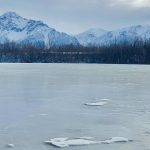Sustaining the Future of Fish
The word fish likely conjures up different visions for many of us. For some of us, it makes us think of a favorite pastime, childhood memories of learning to cast with a parent or grandparent, or a favored activity of a loved one. Perhaps it makes you think of a favorite dish at your favorite restaurant, a special treat you purchase on your annual trip to the beach, or a healthy meal you prepare for your family. Those who grew up following indigenous traditions or in a coastal fishing town might equate fish to life itself. Still some of you might not partake in eating or catching, but love seeing them in nature and know that a healthy fish population is part of a healthy ecosystem. While we might not all agree on why fish are valuable, we can all agree it’s important to protect their future. So, what threats are fish facing, why is this such a big deal, what makes a healthy fish, how are fish populations monitored, what is being done, and what can you personally do to help?

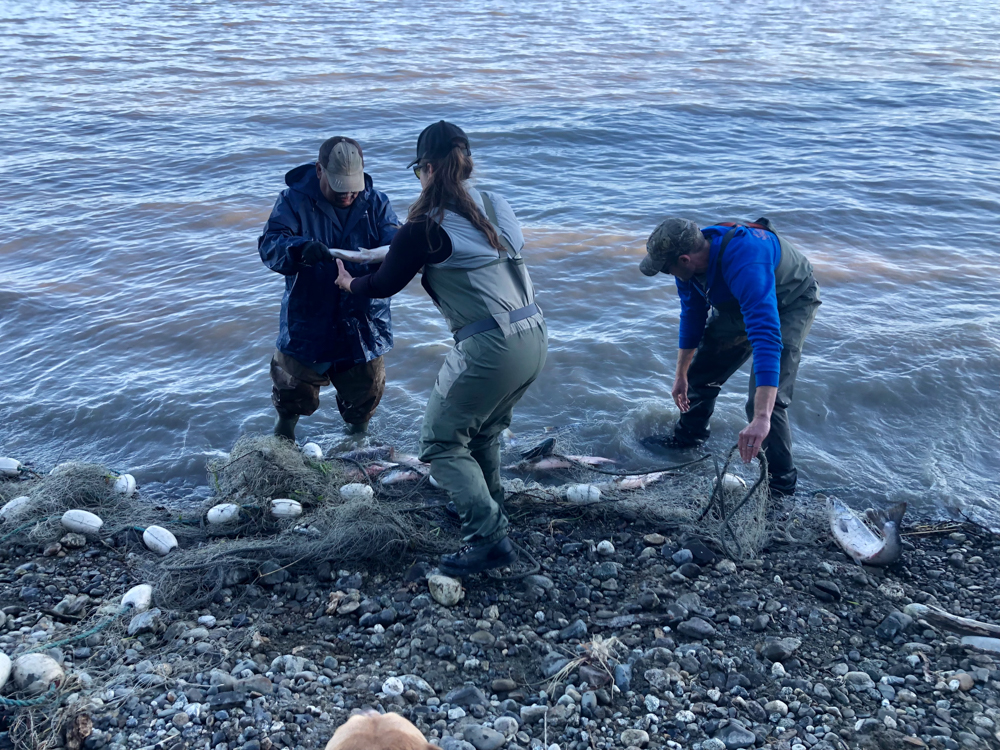

Current Top Threats:
- Climate change. While you would be hard pressed to find a species not affected by climate change, fish are particularly sensitive. A stream warming by a mere few degrees can mean death for some species. Warmer seasons, droughts causing a drop in water levels, and diminishing glaciers are some of the top contributors to rising stream temperatures.
- Habitat loss. An obvious example of this would be someone filling in a wetland. Thanks to EPA regulations, this happens much less frequently. Bigger habitat losses come from less obvious sources such as development, mining, and hydroelectric dams. While developers and miners don’t stop streams from flowing, they often alter their course. Picture a stream meandering through the forest. It curves, bends, bumps into rocks, flows under a downed tree, etc. A pool might form behind a boulder providing a break in the current for small fish to take shelter or a juvenile might be able to hide in the leaves of a downed tree. Now picture a stream in the middle of a city running straight to allow for easier building and rocks piled up along each bank to prevent erosion. The current is uniform, there is no shelter for the fish, and the water is fully exposed to the sun. It’s clear which is habitable to fish. Hydropower may seem like a green concept and maybe even a habitat improvement given the lakes often created above the dam, but it contributes to huge amounts of habitat loss. Though not all dams are created equal, some completely remove water from its natural course and many do not allow fish passage. Our wild runs of salmon along with other species such as steelhead are androgynous, meaning they need access to both freshwater and saltwater at different life stages. Without the ability to move between the two, many of these species cannot survive.
- Invasive species. Threats here come in two forms being other fish and vegetation. Though many lakes and streams are stocked by your local fish and game department with non-native species, they have been determined to not be a threat to the native populations of fish and vegetation. Invasive fish are those that are introduced and cause damage to the native ecosystem. This can result from an unscrupulous angler trying to bring their favorite sport fish to their home body of water, but also can be the result of someone emptying the contents of their home aquarium into a local water body. It’s highly illegal to release a fish into a water body it did not come from. (Yes, even the innocent looking goldfish you no longer want to care for can wreak havoc on your local pond.) Invasive plants can outcompete native plants that fish depend on for food. They can also cause other problems such as giving predatory fish too much cover and leaving others subject to ambush. Though rarely introduced intentionally, the plants often hitchhike to new water bodies on boat bottoms and propellers, float plane bases, and even footwear worn by sportsmen.
- Irresponsible fishing practices. An obvious example of this would be a poacher taking too many fish or fish out of season, but irresponsible fishing practices come in many forms. A catch and release angler may pride themself on not taking from the population by returning the fish, but improper practices may be just as harmful. When caution is not used, up to 18% of fish released do not survive. Fishing during extreme weather where fish are already stressed, holding a fish out of water for too long, or using gear that causes excessive injury to the fish may result in unintended mortality. When it comes to commercially caught fish, some countries have more protective laws than others. Additionally, it’s near impossible to target one specific species leading to unintended catch or “by-catch.” Not all commercial methods are created equal. They range from catching fish on individual lines allowing for the fleet to be highly selective to bottom trawling and dredging where there is little opportunity for selectivity and fish rarely survive being pulled in.

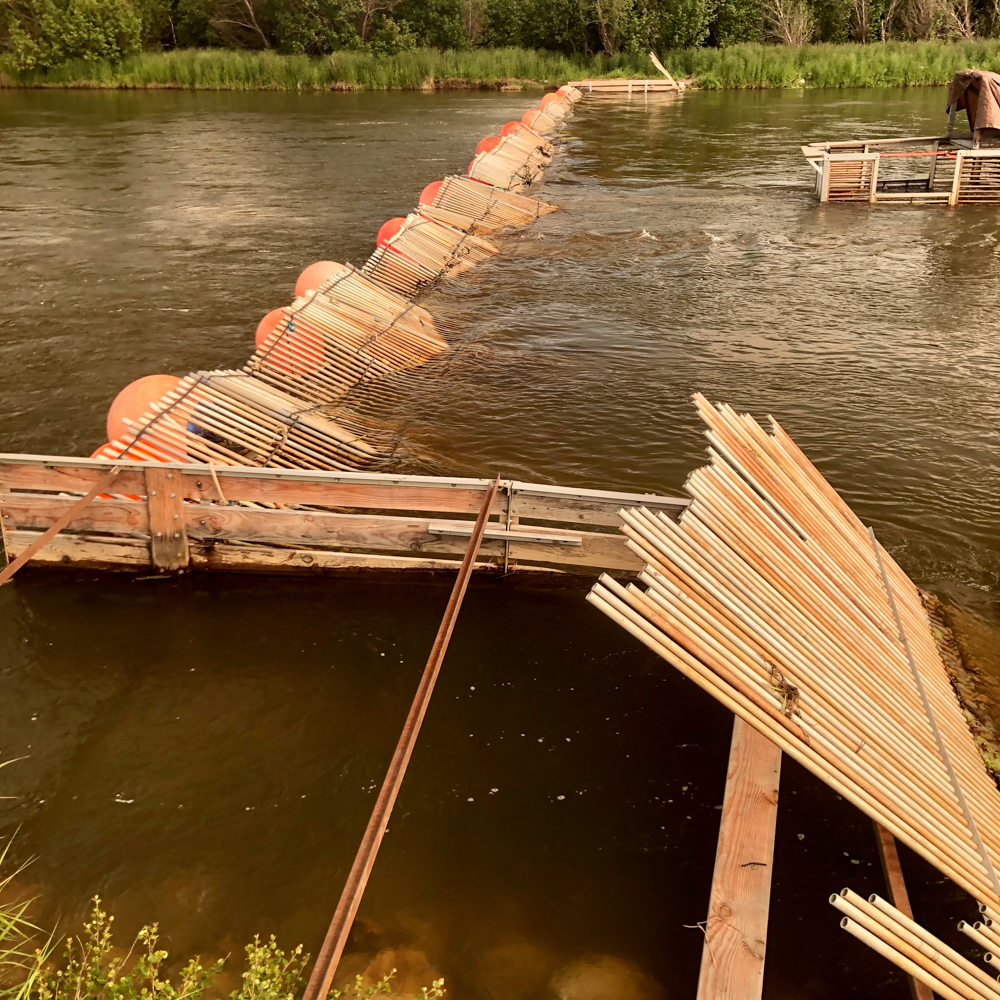

Why is this such a big deal?
Apart from wanting fish (and all other species) to persevere for generations to come, they are an integral part of the food chain. We are all familiar with images of a grizzly happily munching on a fresh caught salmon, an osprey proudly carrying a fish out of the water, and an orca downing a fish in one bite. Fish that are not consumed and die of natural causes break down in the water, feed other aquatic creatures, and are an amazing source of nutrients for surrounding vegetation.
Humans could live without fish though, right? Not all of us. It’s worth mentioning that while fish serve as a tasty treat for many of us, they are an irreplaceable subsistence food for some cultures. One example of this is Native Alaskans living in remote areas. When you live hundreds of miles from the nearest road and grocery store food, if a store is even available to you, is at least four times more expensive than the national average, catching fish each year is a matter of survival. Many tribal members spend their summers catching fish, then smoking, drying, canning, fermenting, or freezing enough to last their families an entire year. For the rest of us living in a world with increasing food security problems, having access to catchable fish can be an amazing resource. Additionally, many people’s primary income is generated from commercial fishing, fish processing, and guiding along with their respective support staff.
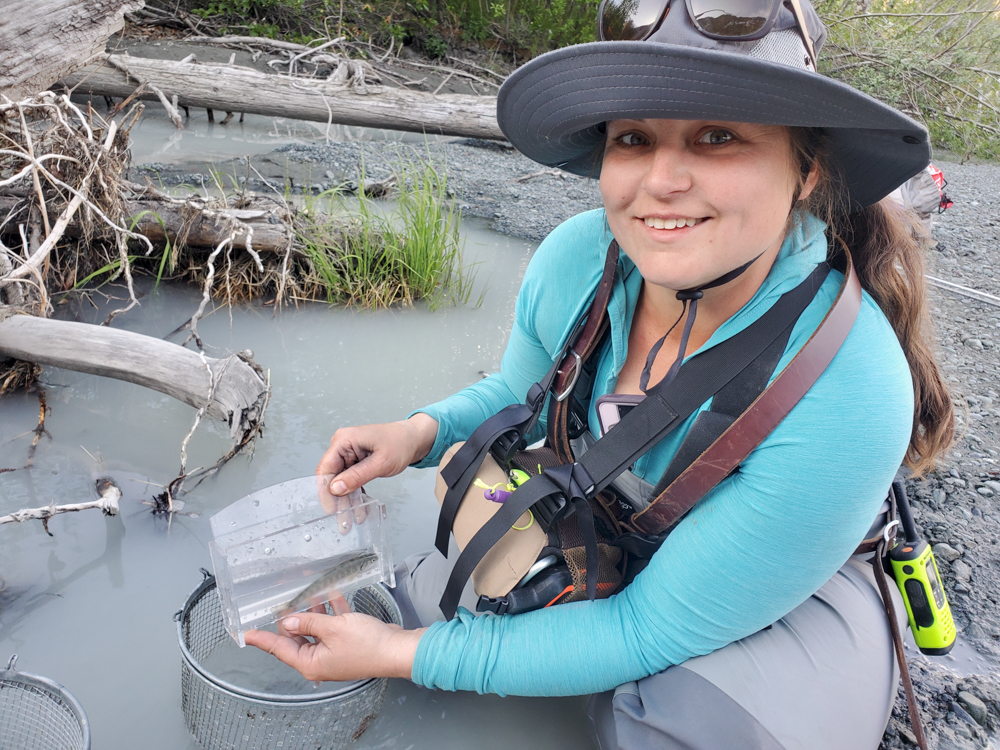


What Makes A Healthy Fish?
On the most basic level, like all other creatures, fish need access to water, shelter, and food. Clean water is highly important as fish absorb oxygen from the water. Shelter is needed to avoid predators and provide a break in strong currents. Swimming too hard for too long will subject a fish to exhaustion. Proper protection is also needed for fish eggs. Different species utilize different materials for reproduction. For example, salmon spawn in areas with loose gravel and partially bury the eggs for protection. Proper nutrients are needed for multiple life stages ranging fromjuveniles through adults.
A capacity exists for each different water system to maintain healthy fish. If a small pond ends up with too many fish, their growth may become stunted due to a lack of nutrients. Overcrowding can also lead to the spread of parasites and disease. Too much food or pollutants may alter the water chemistry and lead to a lack of available oxygen. One controversial topic related to this is the idea of farmed fish. Fish can be farmed in fresh water or salt water. They are contained in a small area, often a net system, and fed an artificial diet often in abundance. Extra fish feed and waste leach into the adjacent waters causing changes in the natural environment. Pens and nets can fail causing fish to escape and pass on parasites and disease to wild populations, among other problems. Of course, like commercial animal farms, there are good and bad fish farming practices, but they do provide a lower cost product for consumers.
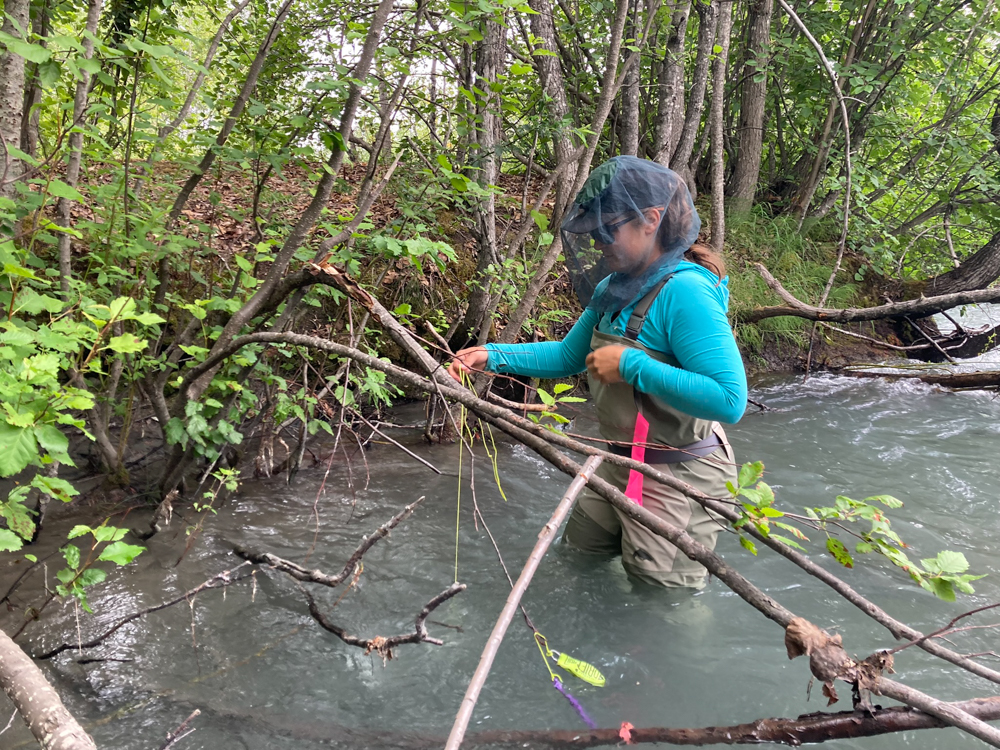
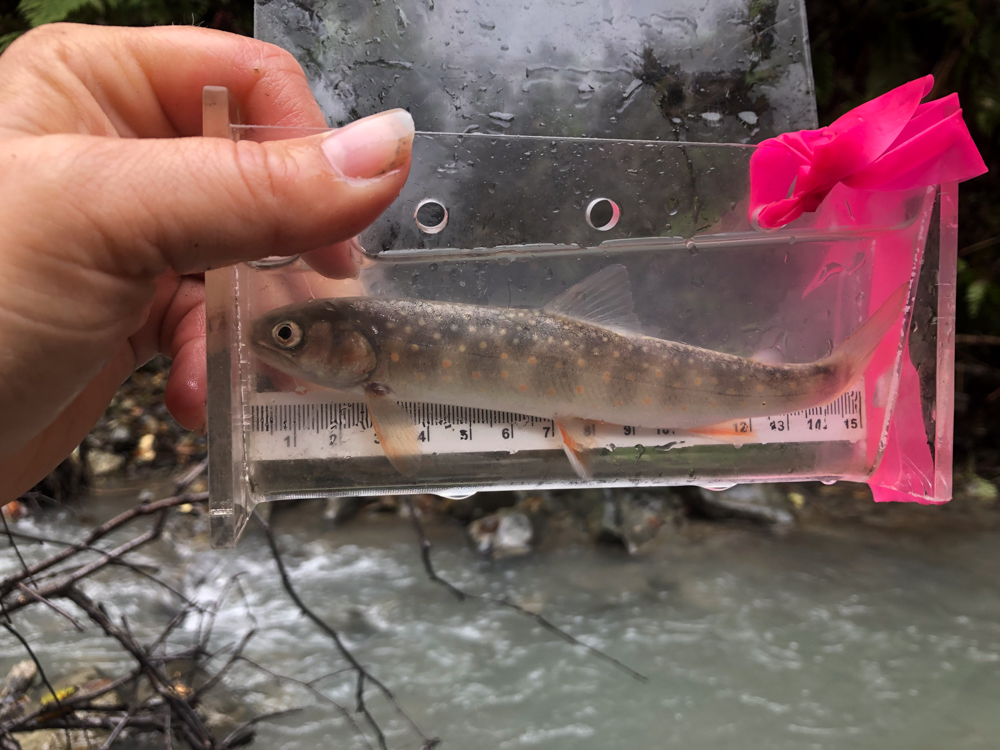
How Are Fish Populations Monitored?
Depending on the species and type of water system, a variety of different methods are used to monitor populations. The most basic of methods would be visual counts (moving, stationary, or aerial.) I personally work on a river with low fish numbers, so spend one day a week walking the length of the river and counting visible adult fish. Other systems use higher technology methods such as sonar. River systems with migratory fish can use weirs, which force the fish through a single path for easy counting. Test fishing by deploying nets can also be done on many types of water bodies. The number of fish from selected areas are plugged into a formula to give a rough estimate of the types and number of fish present. Live trapping is yet another option. Many systems use a combination of monitoring methods in an effort to get the most accurate numbers. For example, we use the combination of the visual surveys for adult salmon and live trapping for juveniles to monitor the health of our river. All of this data combined with other factors such as number of hatchery fish stocked, reproduction behaviors, and harvest reports help biologists determine when we can fish and how many can be retained. Unfortunately, the health of many wild fish populations is declining in many parts of the world. .
What Is Being Done?
During the Colonial American period into the early 20th century, fish, like many other resources, were grossly over harvested. Sportsmen and women became aware of the diminishing fish runs and the Dingell-Johnson Act was passed in 1950. This act imposes a 10% tax on various fishing and boating gear, both at the consumer and manufacturer level. This money is collected by the federal government. Also called the Sport Fish Restoration program, these funds are redistributed through the US for fishery projects, boating access, and aquatic education. In addition, profits from the sale of fishing licenses and permits in each state go towards funding fish studies and rehabilitation programs.
There are also numerous NGO organizations whose mission it is to protect and/or restore fish populations and fish habitat. Their focus can range from specific species to habitat to lobbying for better protections to prevent future problems. Many of these organizations also are a large part of restoration projects such as dam removals and repairing the effects of the early days of mining.
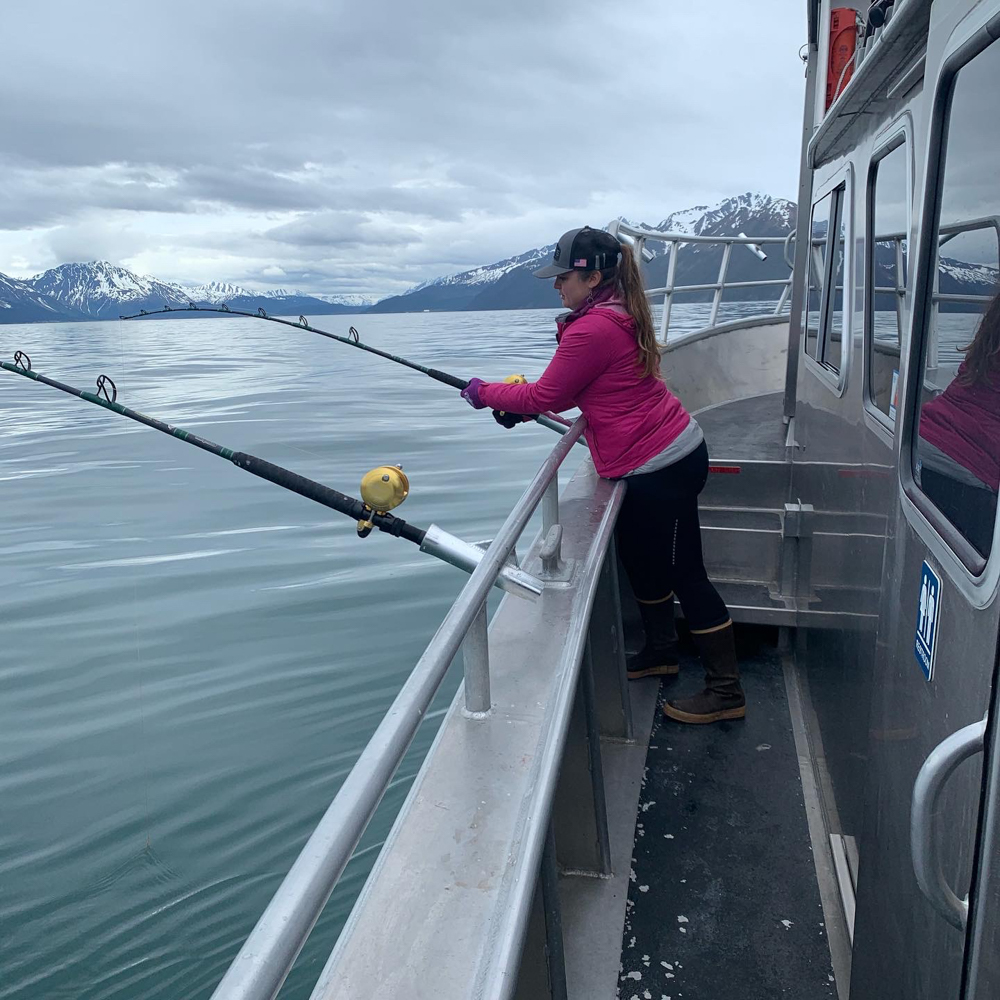

How Can You Help?
I believe one of the most important parts of being a conservationist is being conscious of your own actions. Small steps made by many such as reducing your carbon footprint and keeping waterways clean from litter.
- If you are going to fish, be sure to closely follow your local regulations and forward any questions or concerns you might have to a conservation officer.
- Clean your gear between water bodies. If you have a motor boat, clean your propeller. Avoid using waders with felt bottoms as they are much more apt to transport vegetation.
- If you practice catch and release fishing, be sure to learn proper fish handling techniques such as keeping fish wet, handling with care, learning to set your hook early, minimize time spent fighting the fish, using easily removable gear, and avoiding fishing during extreme hot or cold temperatures.
- If you own waterfront property, avoid clearing directly along the water’s edge. The manicured lawn looks nice, but deprives the fish of overhanging vegetation and leaves your property susceptible to erosion.
- Be part of a conservation organization. If you can’t contribute financially, consider donating time to a river clean up or a stream bank revegetation day.
- Make informed choices about the fish you purchase. Wild caught US fish may cost slightly more, but will likely have a better nutritional value, support local jobs, and be sustainably harvested.
- Most importantly, take a few minutes to appreciate the fish swimming around on your next outdoor adventure and be sure to share what you have learned with others.


While scientists still have much to learn about why our fish populations are changing, it’s clear that there are many actions we can take in the meantime. Fish are an important part of countless cultures and a key element of numerous ecosystems. Let’s all work together taking small steps to help ensure the future of this important resource.
About the Gear Tester
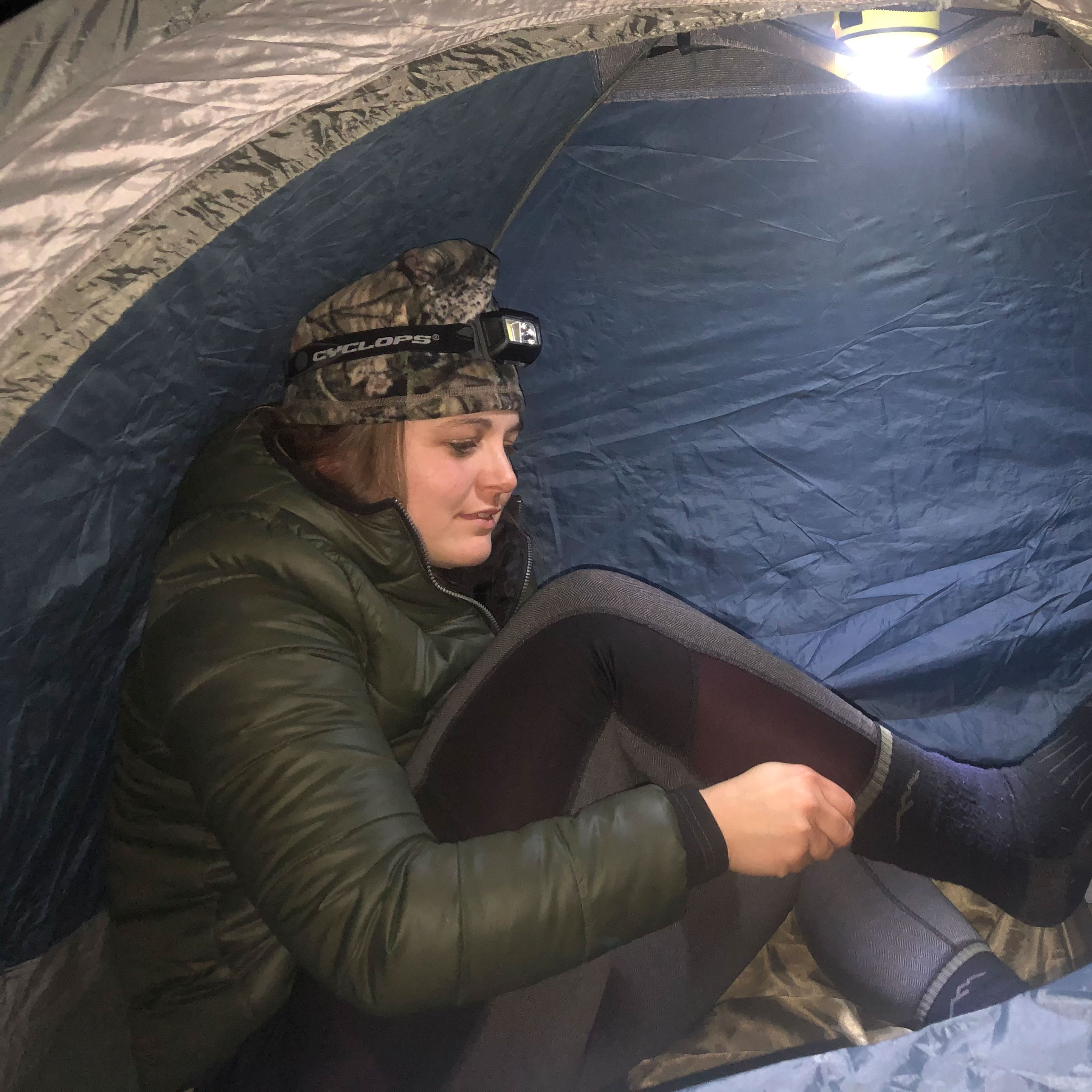
Michelle Beadle
Michelle currently resides in South Central Alaska and works as an environmental technician for the Native Village of Eklutna performing fish, wildlife, and habitat surveys in an effort to restore their historic lands to their traditional bounty. When not at work, you can find her hiking, skiing, climbing, horseback riding, running, biking, hunting, fishing, or trying out new ways to explore the outdoors. She can be found on Instagram under michelle_ventures. To learn more about the river restoration project, visit eklutnariver.org.


